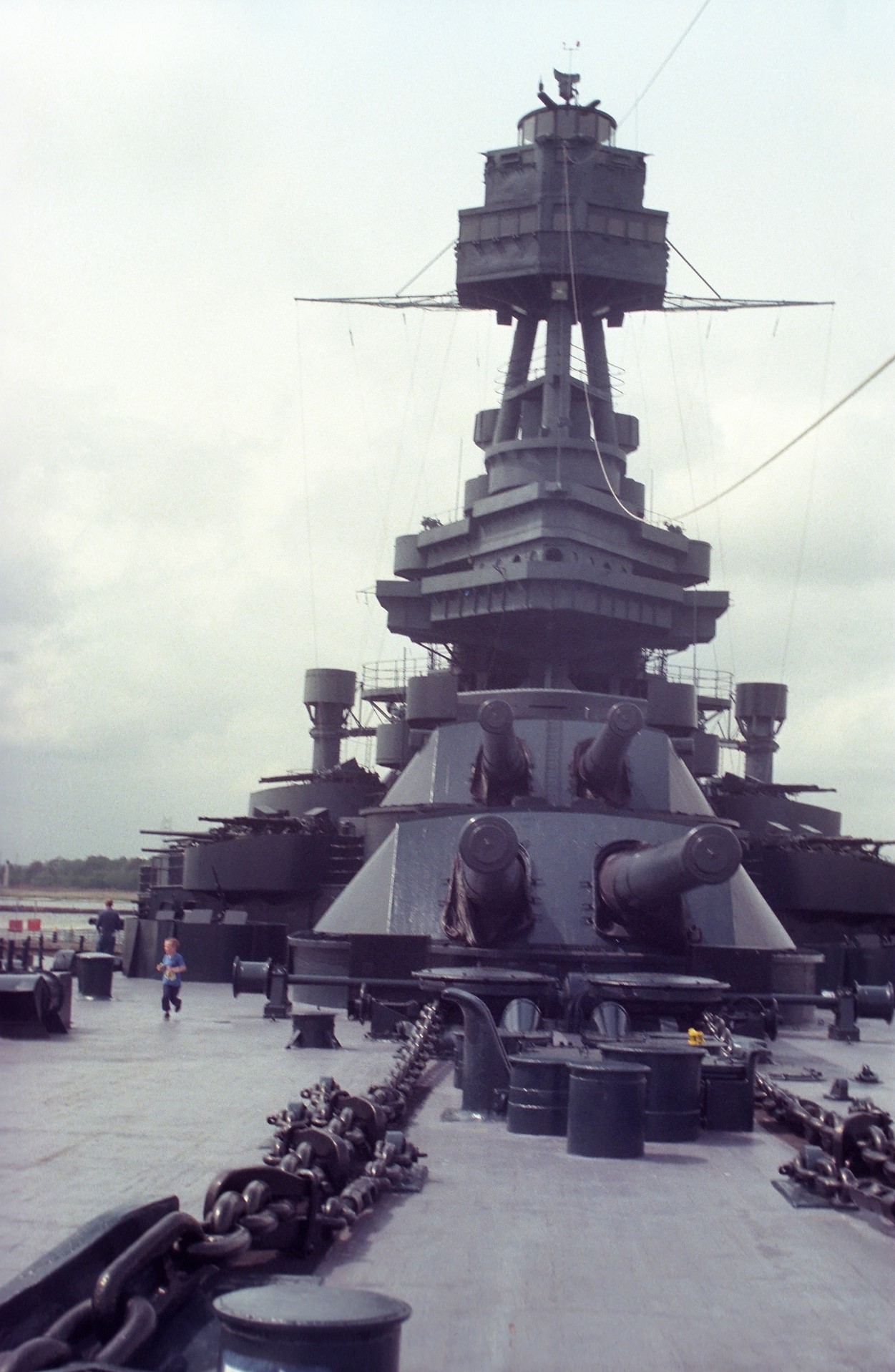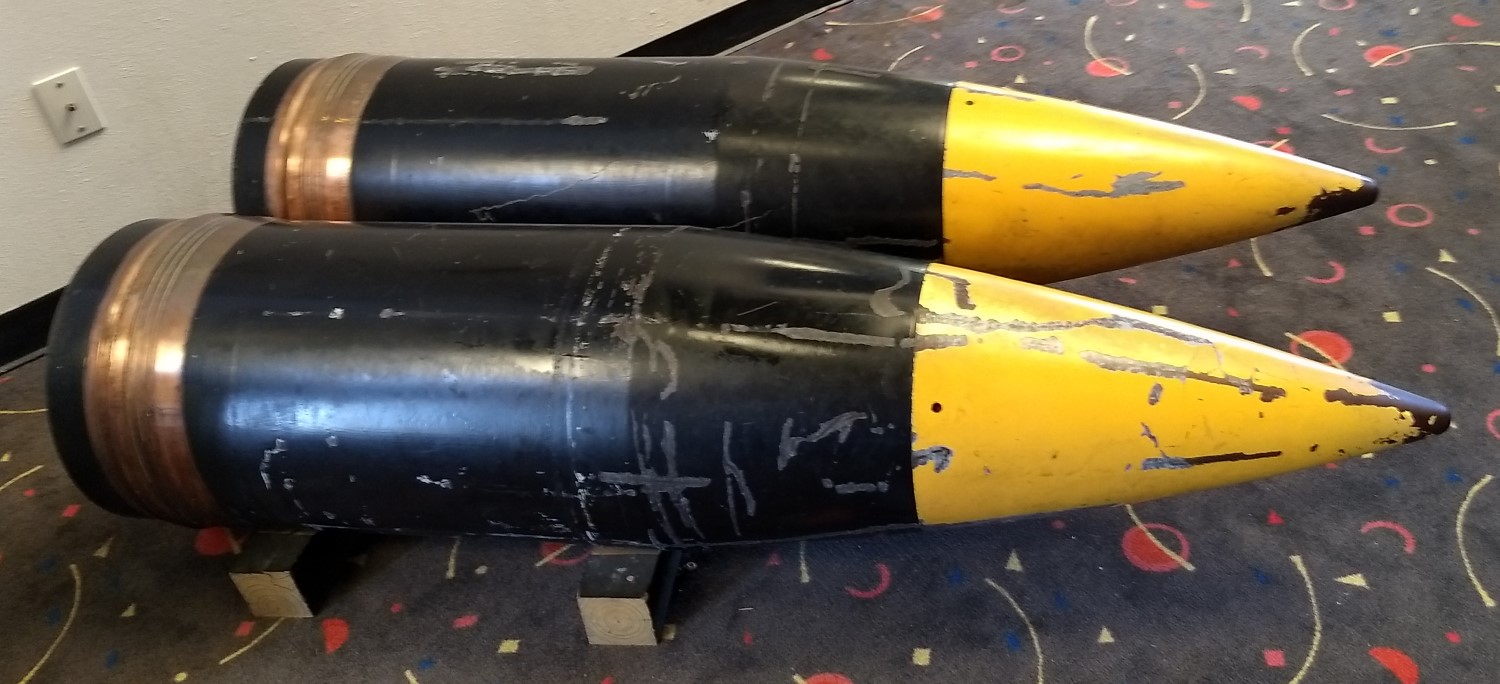It's time for our regular open thread. Talk about anything you want, even if it's not naval/military-related.
Rule the Waves II was released on Saturday, much to my delight and Lord Nelson's chagrin. Much like the first game, it makes you Grand Admiral, in charge of building an entire fleet and leading it in war. Unlike the first game, which ran through about 1925 and pretty much ignored air power, this one goes through the dawn of the missile age. Early on, it's very similar to the first game, although a lot of the systems have been subtly tweaked. Overall, it's an improvement in terms of realism. The air operations system isn't documented all that well, so I'm still trying to figure that out, and my one game so far didn't make it past 1940 before I got tired of it and restarted.
My one serious criticism would be that the fiscal end of the game seems seriously out of wack. In my first game as the Americans I found myself unable to afford more than about one capital ship at a time. In my second game, playing as the British, I found myself blockaded by the Germans in 1910. Their budget was almost as big as mine, and their fleet might have been larger. This was seriously wrong for obvious reasons. Also, the tendency of the AI to design ships that can't be built is annoying, particularly when it then builds them for itself anyway. I can't tell you how many enemy ships I've encountered in ~1910 toting dual-purpose guns. Despite all that, it's a very enjoyable game, and I'd recommend at least downloading the demo.
We've reached the first anniversary of the Falklands War series, and the first part has been overhauled. I think we're past the halfway point, but I've been wrong on such things before. Other updates are to So You Want to Build a Modern Navy - Strategy Part 2, the Super-Dreadnoughts, There Seems To Be Something Wrong With Our Bloody Ships Today, Millennium Challenge 2002 and Auxiliaries Part 1.








Recent Comments